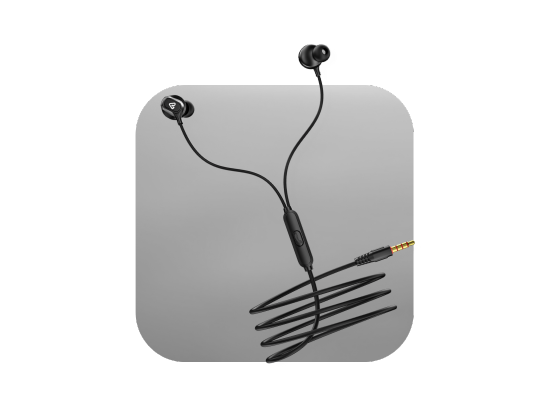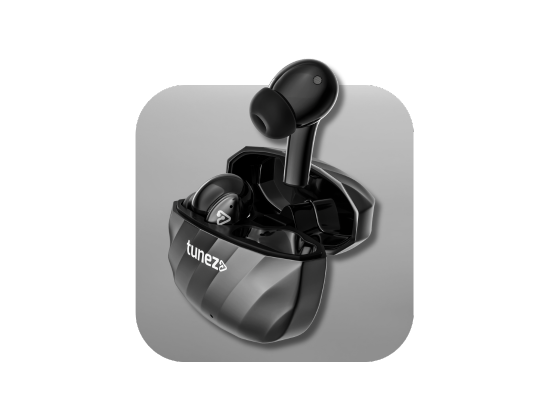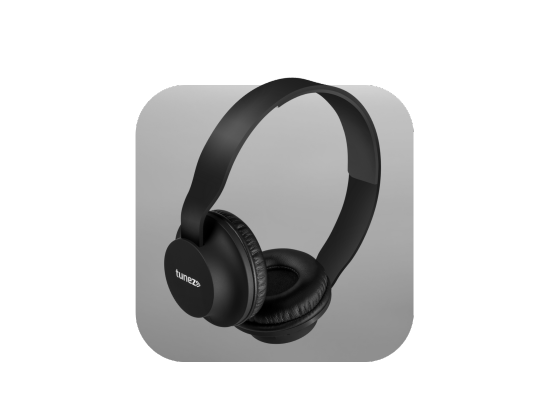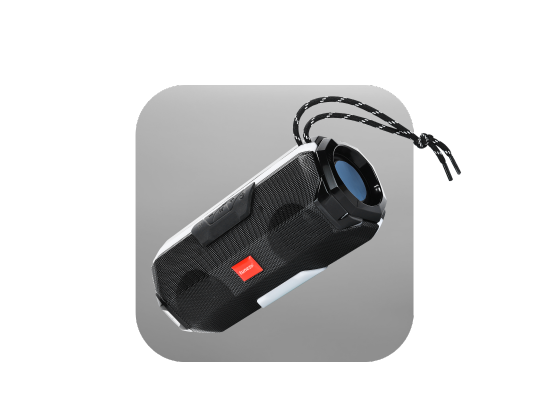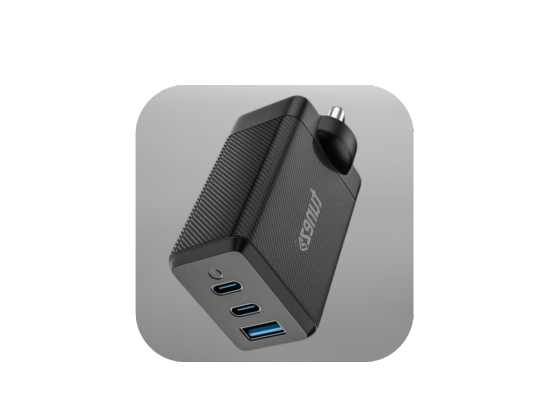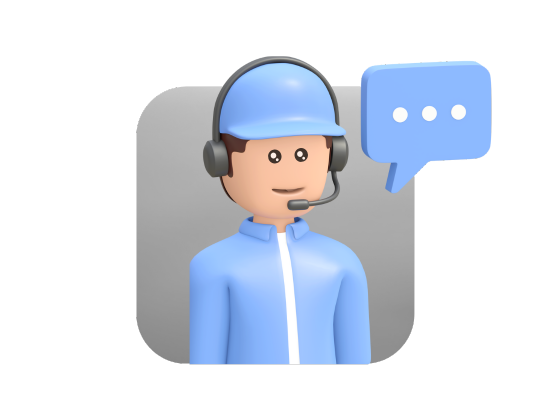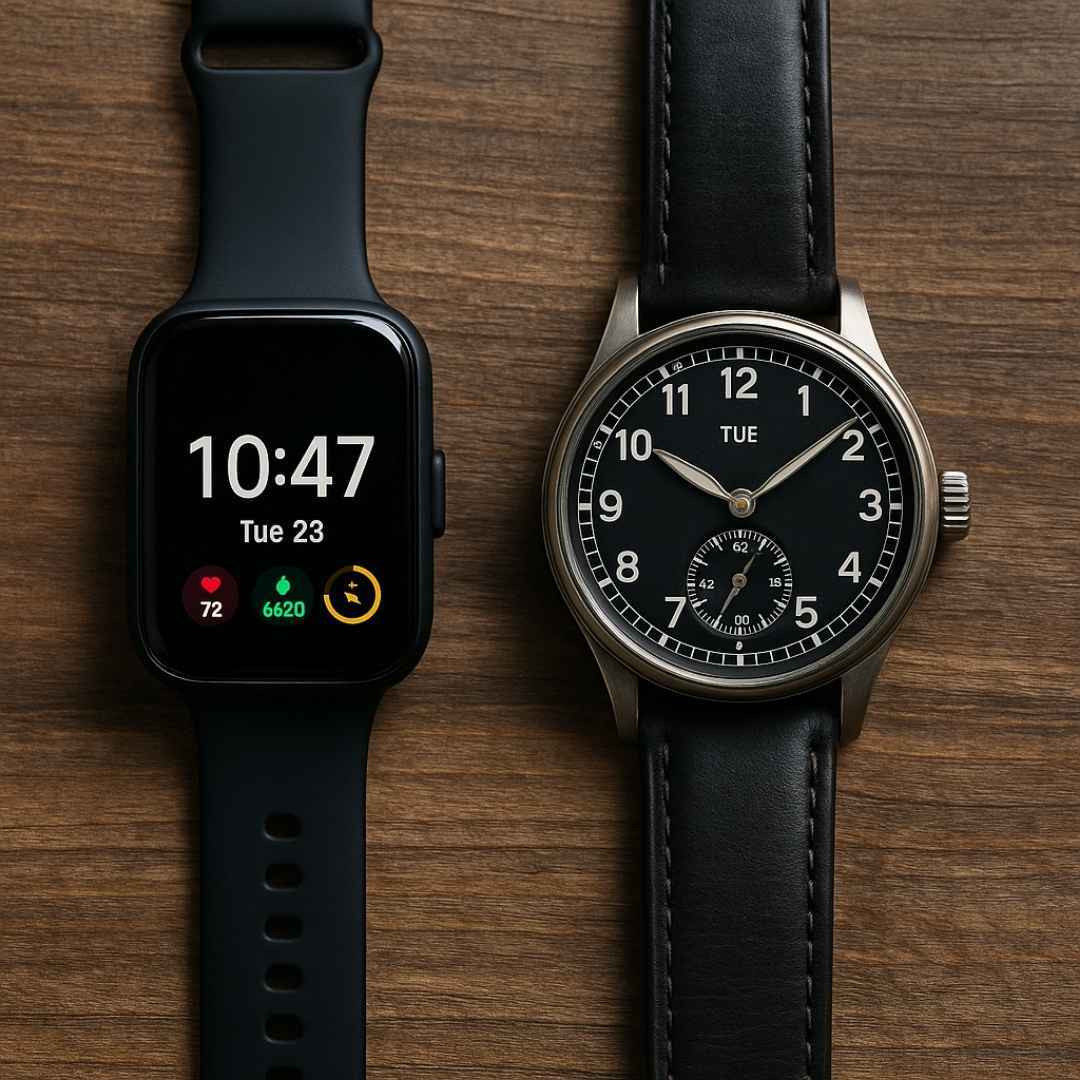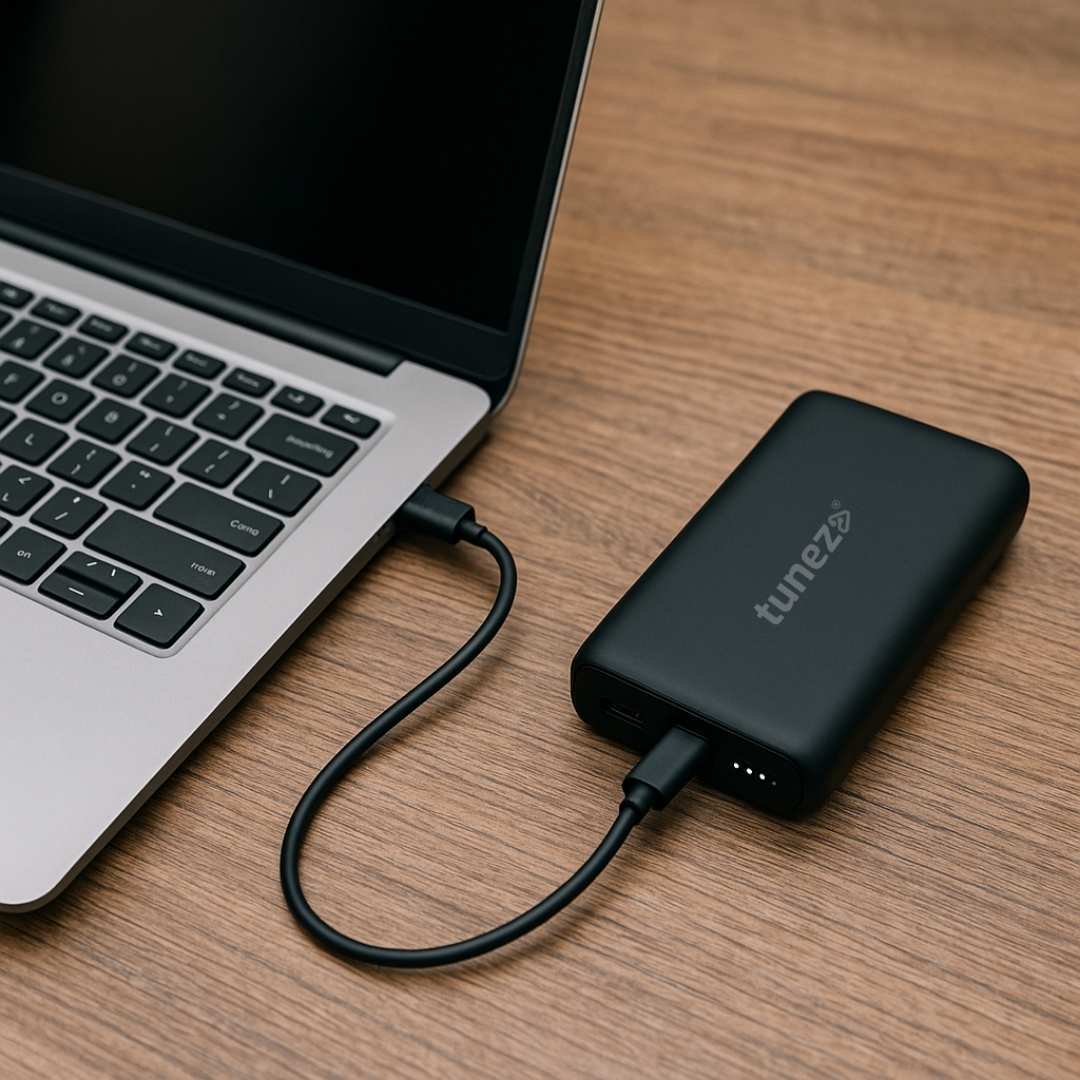If you have ever worn a smartwatch to bed, you already know the small thrill of waking up to a detailed sleep report. But have you ever wondered how your watch understands when you fall asleep, how long you stay asleep, or what stage of sleep you were in?
Despite looking simple on the outside, sleep tracking inside a smartwatch is a blend of clever sensors, pattern analysis, and advanced algorithms working quietly through the night.
In this guide, we will break down how smart watches detect sleep, how accurate these readings are, and what you should keep in mind when relying on them.
How Smartwatches Start Detecting Sleep
Most smartwatches don’t need you to press any button before bed. Instead, they watch for changes in your body’s natural patterns. The moment your movement slows down and your heart rate dips, the watch begins tracking sleep automatically.
The Role of Accelerometers
Inside every smartwatch is a tiny sensor called an accelerometer. It detects even the slightest movement of your wrist.
When your movements become slow, repetitive, or almost still for a long time, the watch interprets it as the start of your sleep period. This technique, often called actigraphy, has been used in sleep studies for years and serves as the foundation of modern smartwatch sleep tracking.
How Gyroscopes Improve Accuracy
Some watches also use a gyroscope to understand the orientation of your wrist. This helps differentiate between moments when you are awake but lying still and moments when you are deeply asleep.
Shop smart watches combining fitness tracking style and advanced features that help you stay connected healthy and active every day with ease.
Heart Rate Data And Sleep Detection
If motion is the first clue, heart rate is the confirmation. Your heart behaves differently when you are awake, dozing off, or in deep sleep. Smartwatches use optical heart rate sensors to capture these patterns.
Heart Rate Drops As You Fall Asleep
When you drift into sleep, your heart rate slowly decreases. This drop helps the watch confirm that the “stillness” detected earlier is genuine sleep.
Heart Rate Variability During Sleep
Your heart rate doesn’t stay the same all night. It changes based on sleep stages such as light, deep, and REM sleep. Watches use these fluctuations to estimate:
- Light sleep
- Deep sleep
- REM sleep
- Interruptions in sleep
While the watch cannot diagnose medical sleep issues, it gives a helpful overview of your nightly rest.
Get power banks that combine power durability and style ensuring your devices stay ready when you need them most anytime anywhere.
Additional Sensors Used In Sleep Tracking
Modern smartwatches track far more than movement and heart rate. To create a more detailed picture of your sleep, they use additional sensors.
SpO2 Sensors
Many watches include a blood oxygen (SpO2) monitor. During sleep, low oxygen levels can indicate breathing disturbances. While this isn’t a diagnostic tool, it provides valuable context for understanding sleep quality.
Skin Temperature Sensors
Some premium watches track skin temperature changes while you sleep. Small variations can show stress, illness, or hormonal changes that affect sleep.
Microphone (On Some Models)
A few advanced devices also use the microphone to detect snoring patterns. This helps assess the consistency of your breathing through the night.
How Smartwatch Algorithms Analyze Your Sleep
All these sensors collect raw data, but the magic happens through algorithms that interpret it. The watch looks for predictable patterns:
- Consistent stillness
- Lowered heart rate
- Reduced variability in movement
- Regular breathing
- Typical duration of sleep cycles
By comparing your nightly data with known biological sleep patterns, the watch builds a personalized sleep profile. Over time, it learns your habits and improves its detection accuracy.
Buy data cables that deliver safe charging efficient syncing and long lasting quality ensuring your devices stay ready and reliable always.
How Accurate Are Smartwatch Sleep Trackers?
Smartwatches provide good estimates, but they are not medical devices. They are generally accurate in tracking:
- Total hours slept
- Sleep interruptions
- Light versus deep sleep trends
- Restfulness
However, detecting exact sleep stages—especially REM sleep—can sometimes be less precise because wrist-worn sensors cannot fully capture brain activity.
Still, they offer enough insight to help improve your habits, spot patterns, and understand your overall sleep health.
Is It Safe To Wear A Smartwatch While Sleeping?
Yes, it’s generally safe. Smartwatches emit low-frequency electromagnetic signals that are far weaker than smartphones. Most people wear them daily without any concern. However, comfort matters too.
Some common issues and solutions include:
- Skin Irritation: Loosen the strap at night or switch to a softer band.
- Notifications: Use Do Not Disturb mode to avoid unwanted vibrations.
- Discomfort: If you’re sensitive to light or straps, consider wearing the watch only when needed.
Listening to your comfort level is important—sleep quality comes first.
Browse mobile chargers built to provide steady power compact form and efficiency making them the must have accessory for daily device use.
How Sleep Tracking Helps Improve Your Lifestyle
Sleep tracking isn’t just about numbers. It helps you understand your body better. By analyzing your patterns each night, you can work on:
- Improving bedtime consistency
- Reducing late-night screen time
- Monitoring stress and recovery
- Adjusting workout intensity
- Identifying lifestyle habits affecting rest
Small improvements in sleep often lead to big improvements in daily energy, mood, and productivity.
Conclusion
Understanding how smart watches detect sleep gives you a clearer idea of how these tiny devices give such meaningful insights. By combining motion sensors, heart rate analysis, SpO2 monitoring, and smart algorithms, your watch builds a nightly snapshot of your rest.
While not medical-grade, it’s a powerful tool for building healthier sleep habits and learning what helps you wake up refreshed.
Get car chargers that offer quick efficient and safe charging performance designed to keep your devices powered while you focus on the road.
FAQs About How Smart Watches Detect Sleep
1. How does a smartwatch know when I fall asleep?
It tracks your movement and heart rate patterns and detects when both slow down consistently, signaling the start of sleep.
2. How do smartwatches measure sleep stages?
They analyze heart rate variability and movement patterns to estimate light, deep, and REM sleep stages throughout the night.
3. Is smartwatch sleep tracking accurate?
It’s fairly accurate for estimating duration and interruptions, but not as precise as clinical sleep studies for exact stages.
4. Can I wear my smartwatch while sleeping every night?
Yes, it’s generally safe, though you should loosen the strap and keep the watch clean to avoid irritation.
5. Do smartwatches track breathing during sleep?
Some models use SpO2 sensors and movement data to estimate nighttime breathing patterns and possible disturbances.
